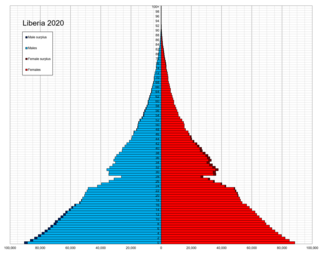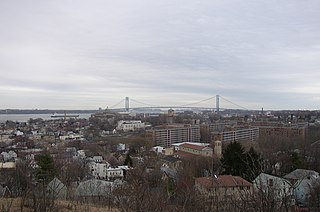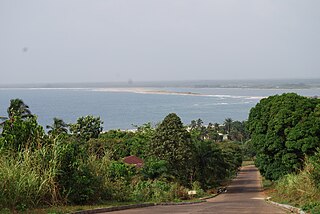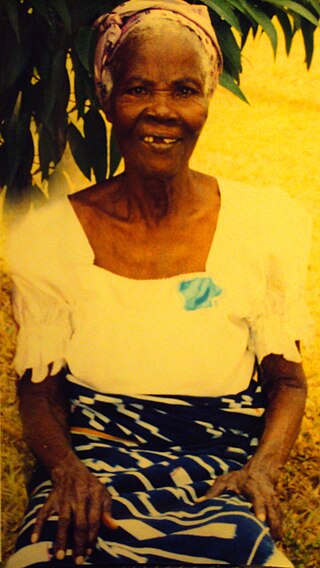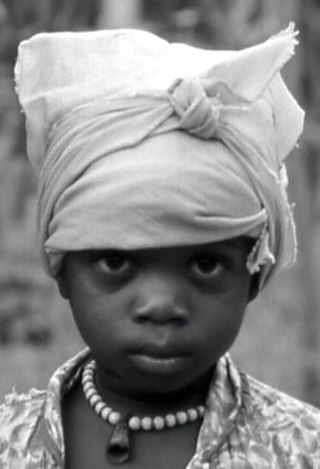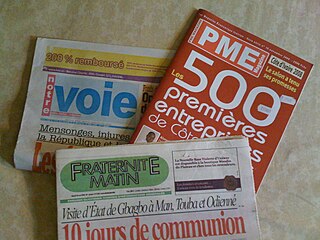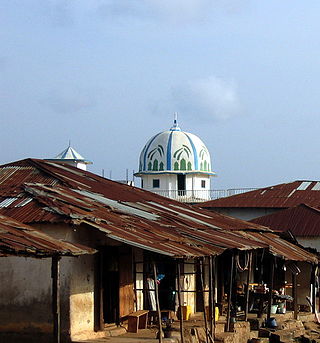Demography
This section needs additional citations for verification .(July 2019) |
Liberian American organizations estimate there are between 250,000 and 500,000 Liberians living in the United States. This figure includes Liberian residents that have a temporary status, and American of Liberian descent.
As of 2017, an estimated 4,700 Liberian-Americans live in the Fargo, North Dakota area. [11] Other cities with large Liberian populations include Brooklyn Park, MN, Minneapolis, MN, St. Paul, MN, Brooklyn Center, MN Providence, RI, Pawtucket, RI, Staten Island, NY, the Bronx, NY. Newark, NJ Trenton, NJ, , Morrisville, PA, Southwest Philadelphia, Darby, PA, Upper Darby Township, Pennsylvania, Folcroft, PA, Sharon Hill, PA, Baltimore, MD, Silver Spring, MD, Gaithersburg, MD, Johnson City, TN, Charlotte, NC, Lawrenceville, GA, Jacksonville, FL, Des Moines, IA, Sioux Falls, SD, Columbus, OH, Fort Worth, TX, and Phoenix, AZ.
Many Liberians have formed families in United States. However, some still vow to return to their country once the political and social situation stabilizes, which, according to the president of the Union of Liberian Associations in the Americas, Joseph D. Z. Korto, seems unlikely to happen in a "near future." [7]
According to Census estimates from the American Community Survey for 2017-2021, the total number of Liberian immigrants in the United States was 95,300. [12] Of that number, the top counties were:
1) Hennepin County, Minnesota ----------------‐-------------- 10,000
2) Philadelphia County, Pennsylvania -------------------‐---- 4,600
3) Delaware County, Pennsylvania -----‐----‐----------------- 4,200
4) Mercer County, New Jersey ------‐---------------------------- 4,100
5) Providence County, Rhode Island -------------------------- 3,300
6) Mecklenburg County, North Carolina -------------------- 2,100
7) Bucks County, Pennsylvania --------------------------------- 2,100
8) Prince George's County, Maryland ------------------------ 2,000
9) Cass County, North Dakota ---------‐------‐------------------ 1,900
10) Montgomery County, Maryland ----------------‐----‐----- 1,800
11) Anoka County, Minnesota ----------------------------------- 1,800
12) Burlington County, New Jersey --------------------------- 1,700
13) Tarrant County, Texas ----------------------------------------- 1,600
14) Polk County, Iowa -----------------‐------------------------------ 1,600
15) Gwinnett County, Georgia ------------------------------------ 1,500
16) Essex County, New Jersey -----------------‐---------------- 1,400
17) Harris County, Texas ------------------------------------------- 1,300
18) Franklin County, Ohio ------------------------------------------ 1,300
19) DeKalb County, Georgia -------------------------------------- 1,300
20) Baltimore County, Maryland -------------------------------- 1,300
21) Ramsey County, Minnesota --------------------------------- 1,200




